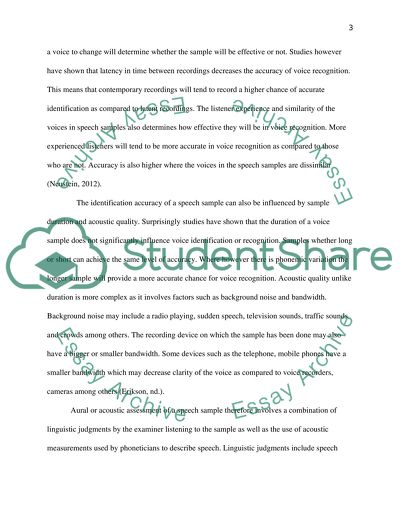Cite this document
(“Forensic phonetics Coursework Example | Topics and Well Written Essays - 1000 words”, n.d.)
Forensic phonetics Coursework Example | Topics and Well Written Essays - 1000 words. Retrieved from https://studentshare.org/health-sciences-medicine/1471260-forensic-phonetics
Forensic phonetics Coursework Example | Topics and Well Written Essays - 1000 words. Retrieved from https://studentshare.org/health-sciences-medicine/1471260-forensic-phonetics
(Forensic Phonetics Coursework Example | Topics and Well Written Essays - 1000 Words)
Forensic Phonetics Coursework Example | Topics and Well Written Essays - 1000 Words. https://studentshare.org/health-sciences-medicine/1471260-forensic-phonetics.
Forensic Phonetics Coursework Example | Topics and Well Written Essays - 1000 Words. https://studentshare.org/health-sciences-medicine/1471260-forensic-phonetics.
“Forensic Phonetics Coursework Example | Topics and Well Written Essays - 1000 Words”, n.d. https://studentshare.org/health-sciences-medicine/1471260-forensic-phonetics.


